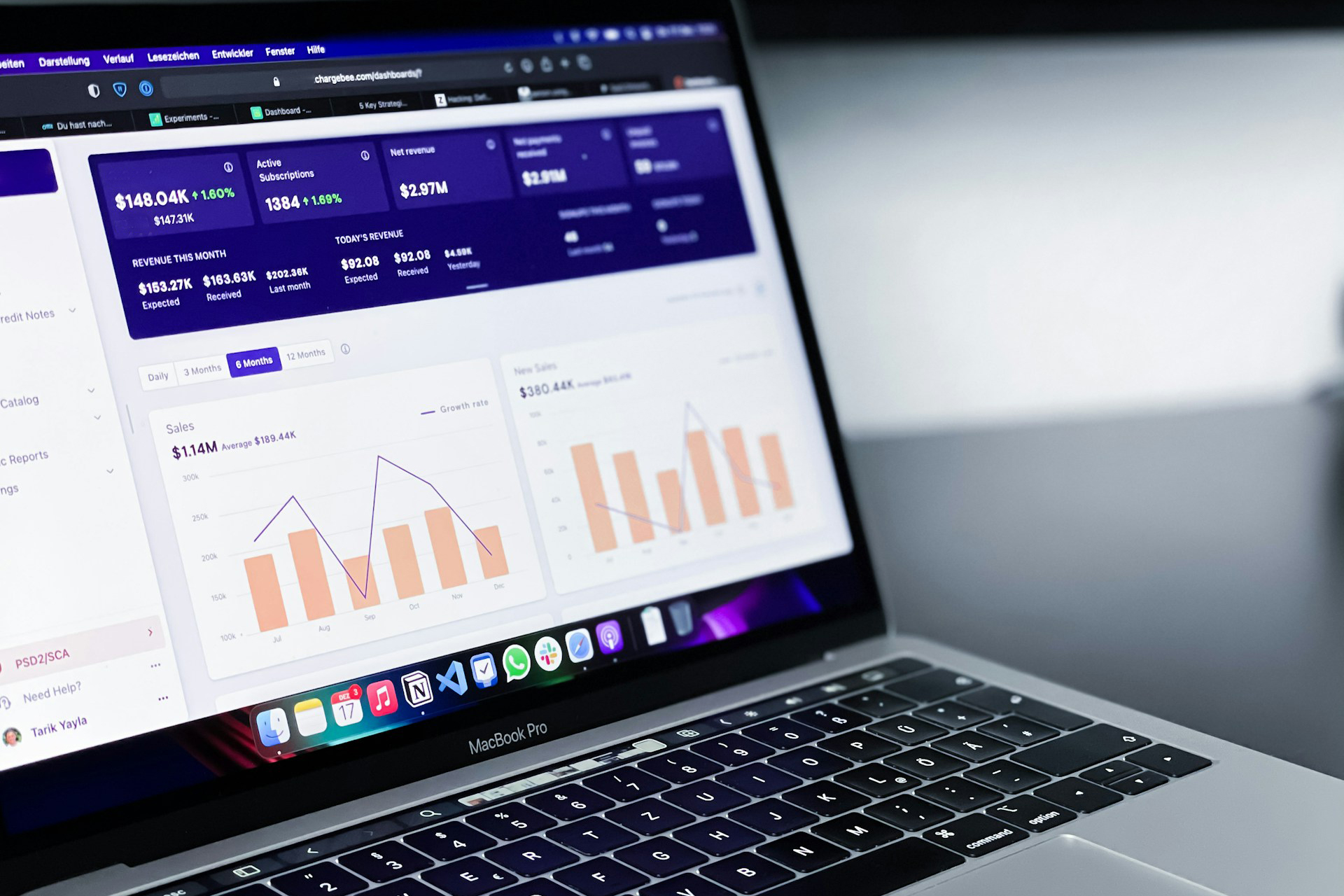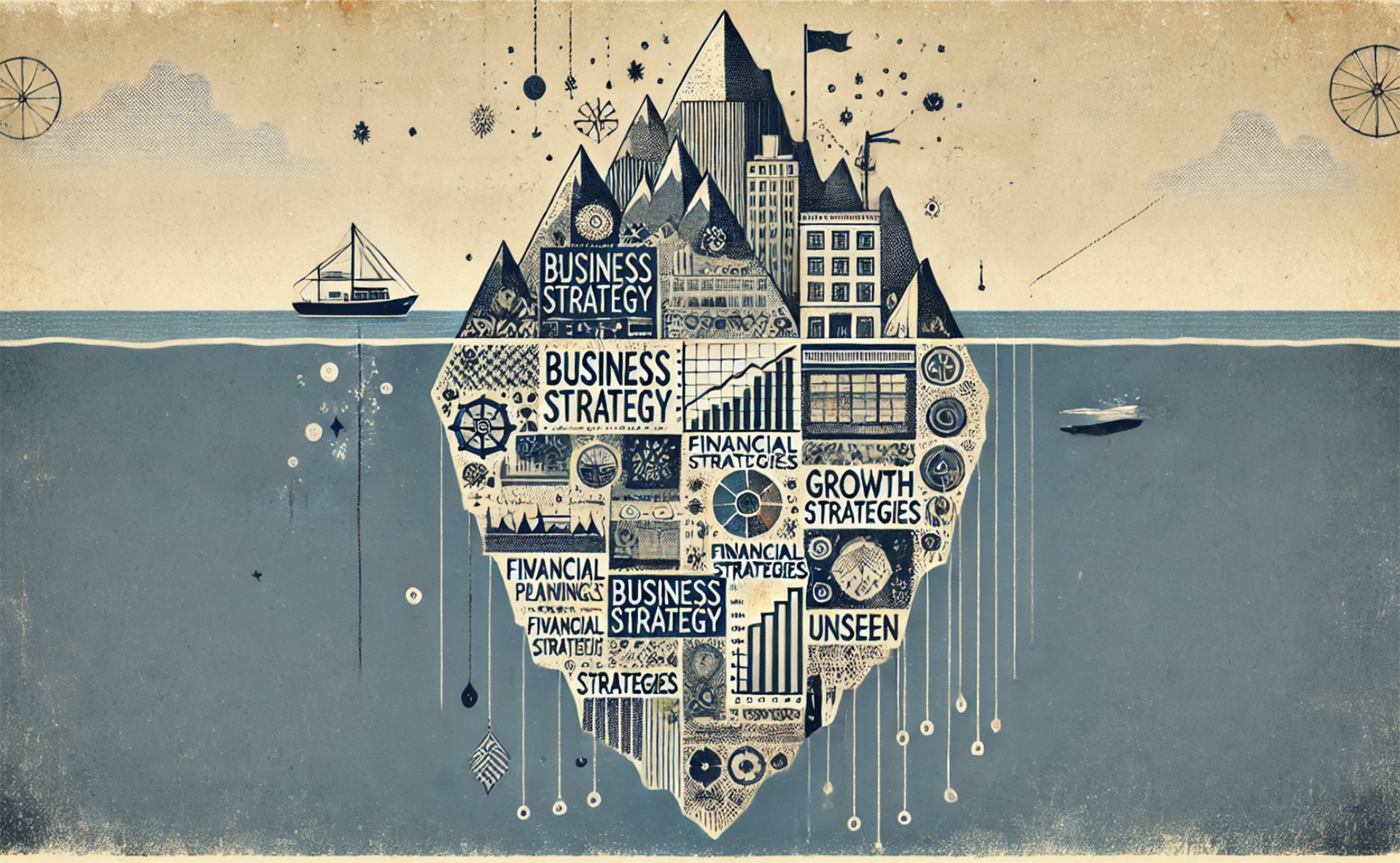For startups, global brands, and every digital agency in between, effective service costing can often mean the difference between success and failure. Well-priced services help ensure you attract qualified clients without alienating potential partners.
With that in mind, how do you price services? How should you calculate overhead costs? And how do digital platforms like Elorus make service costing that much more intuitive?
What is service costing?
Service costing determines the expenses, labor, and resources of providing agency services to your clients. By incorporating service costing in your workflow, you can better understand your actual costs and allocate brand resources as needed. Typically, pricing your services includes direct and indirect expenses.
The direct expenses of providing services include the cost of labor, materials, and equipment used to deliver the services. Indirect costs, on the other hand, include the cost of support functions such as administration, marketing, and overhead expenses like rent, utilities, and insurance.
What are the factors that determine service costing?
While the specific elements can vary based on your niche, business model, and more, these are the most important general elements to keep in mind when determining your cost of services.
Time, effort, and seniority of each employee
If you’ve taken on a new account that’s small enough for a junior employee to manage, that will likely cost less than one closely monitored by senior team members. Similarly, different service tiers require adjusted effort levels, meaning you’ll need to price them accurately for the amount of work involved.
Overhead costs
As you price your digital agency services, you must calculate overhead costs to determine your break-even point.
In general, these costs are relatively consistent from project to project. These include facility costs (offices, equipment, insurance, etc.), licenses, phone and internet, equipment maintenance, and more. Some companies choose to purchase software to calculate and track these costs, while others keep basic spreadsheets detailing overhead costs.
Because overhead costs are typically not project-specific, you must balance these expenses with your direct project expenses. Your overall cost of services should factor in these overhead expenses as well, so you clearly understand how much to charge to turn a profit.
Profit margins
How much profit do you intend to generate from a given service? This number often depends on your portfolio, reputation, and proven results. As a general rule of thumb, a digital agency should aim for a net profit margin of at least 20-25%.
Although at first glance it seems high, this percentage is quite normal if you consider the financial risks that the agency has to take to ensure its long-term success and sustainability. Some of the risk-taking factors that agencies have to consider are related to their cash flow (clients are slow to pay), their revenue recognition (delayed or canceled projects), and the costs associated with delivering services.
To calculate your profit margins, determine your per-hour expenses for staff members and overhead costs. Then, you can add service-specific costs and pricing details for your clients to estimate your profit margin for each project.
Value to the client
If one of your services offers a significant ROI to the client, you’ll want to price it accordingly.
Consider how much value your service provides and understand that it won’t always align with how much it costs you to deliver it.
Best practices for accurate service costing
Determining the most important elements of your digital agency’s pricing model is an important step, but figuring out how to integrate these factors into your final price point is also vital.
Define the scope of work and deliverables
Too often, a poorly defined scope of work can impact a project’s success. Without clear targets and measurable deliverables, pricing services accurately becomes more difficult.
When planning a project’s scope, it’s always best to complete this step early in the process to identify any pain points or problem areas.
It’s also advisable to break down the scope of work into smaller pieces that enable you to track your progress better — and also to communicate your progress clearly with the client along the way. Try to be as specific as possible without leaving anything open to interpretation.
Set clear expectations with your clients
Whether you work in content, graphic design, or digital marketing, you must develop a firm understanding of expectations with each client.
For example, do you offer a free round of revisions on deliverables? Do you charge separate consulting rates for new clients or upcoming projects? When pricing your services, you need to communicate what is included in those costs.
Use the right tools to price your services based on reliable data
Making data-driven decisions can propel your business forward. Time-tracking and project management tools are the easiest ways to access this data.
With time-tracking tools, you can easily track the work time of each employee. This enables you to bill your clients more accurately and precisely monitor your team’s productivity and efficiency. The resulting data can help provide insights for cost optimization that take all of the guesswork out of the process.
Project management tools promote streamlined communication between the digital agency and the client, paving the way for improved collaboration. These same tools can help your agency follow best practices for managing projects and timelines with greater consistency and accuracy.
Using comprehensive tools like Elorus can help you track your team’s progress, streamline your expenses, and examine a broad selection of financial metrics.
Case Study:
Review and adjust your service costs accordingly
As times change, so too should your service prices. Whether you’re expanding the scope of your work, specializing more closely in a given service, or restructuring your labor allocation, you may need to change pricing. This is equally true for brands that closely follow market conditions and must monitor service costs to remain competitive.
Service costing example for project-driven teams
While this example focuses specifically on digital marketing agencies, most project-driven teams have a similar cost structure in delivering their services.
In the following example, you’ll see a possible scenario of a digital marketing agency that aims to deliver a corporate website to a new client. You’ll also see the specific costs accrued during project implementation.
Direct costs:
Salaries of employees working on the specific project: $12,000
Software licenses (social media, graphic design, web development): $1,500
Outsourced services (photo shooting and copywriting): $3,500
Indirect costs:
Office rent and utilities: $2,500
Office supplies and equipment: $1,200
Salaries of the customer success staff: $3,500
Marketing and sales costs:
Advertising to promote the agency: $2,500
Website development: $1,500
Attendance at a trade show: $4,000
Professional development costs:
Training for employees: $3,000
Overhead costs:
Insurance: $1,000
Legal fees: $1,500
Technology costs:
Computer hardware and software: $4,500
Website hosting: $500
Total service cost:
$42,700
If a company wants to achieve a 25% profit margin, it might add a markup of $10,675 to arrive at a final price of $53,375. Using more accurate service costing models makes it easier for you to maintain profit margins. You also get a closer look at financial metrics, milestones, and goals.
If you’re ready to price your digital agency services and remove the guesswork from service costing, Elorus is here to help.
How Elorus can help digital agencies accurately cost their services
Elorus offers all-inclusive business software for teams in various businesses, from digital agencies and marketing groups to law firms and other project-driven teams. The Elorus platform streamlines service costing through several beneficial tools, including time-tracking capabilities, an invoicing suite, and thorough reporting utilities.
- An easy-to-use time-tracking feature: You can track employee times and review data to make more accurate staffing decisions with a few quick clicks. Labor is one of your most significant expenses, so you should consider project time tracking when service costing.
- More straightforward ways to monitor your whole team’s tracked hours: Agencies can analyze their work hours per client or task and easily monitor billable hours. Elorus can tell you which client required more work hours than expected and how much money the company has earned per client.
- The ability to set different hourly rates per employee: Setting different hourly rates gives you more specific insight into project costs and labor expenses involved in specific services.
- Robust tools to invoice clients per project or task: Create one larger invoice for an entire project or invoice-specific project components as you go.
- Intuitive ways to invoice agency expenses on behalf of the client: Common billable expenses include communication costs (think consultation fees and mentoring), travel, materials, reporting, and research hours.
Sign up for free to learn more about Elorus and how our platform can help you price your digital agency services to achieve maximum profitability.






